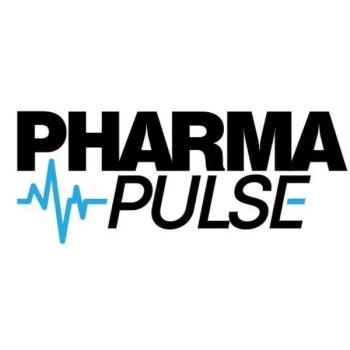
7th UPS Pain in the (Supply) Chain survey sees untapped opportunities in healthcare delivery
Regulatory compliance continues to exceed cost as a primary driver
UPS’ seventh global survey of supply chain managers in healthcare products finds a greater consensus of industry goals regarding supply chain management, but a lesser degree of actually following through on those goals. All this is occurring in a context of rapid change, driven by the desire to tap into global markets, adoption of new distribution channels, and the urgency to keep up with expanding regulatory compliance initiatives.
“One of the values of this survey is the timeline it establishes for industry issues,” notes John Menna, VP for healthcare strategy. “In past years, we’ve asked about global initiatives and found that 81% of healthcare executives planned to do that; this year’s data shows that to date, 55% have done so. That 26 percentage-point gap is significant. Likewise, three years ago 77% of respondents planned to develop new distribution channels, but this year shows that channel mix remains static, with 68% still ‘planning’ to build new channels.”
By contrast, the conversion to a reliance on third—party logistics (3PL) providers is well along: 60% of respondents cited successful partnerships with 3PLs three years ago; now, 65% do so. (In glass half-empty-vs.-half-full perspective, UPS sees untapped potential in the portion of the market that is not using these partnerships.) Also, while cost of managing supply chains never goes away as a concern, its importance has been declining steadily over the past three years, with 44% citing it in the current survey as a driver of business plans.
The impact of the rise in specialty pharmaceuticals, which usually require “high touch” services, is woven throughout the survey. Overall, 24% of respondents—the second-highest grouping of all choices of responses—cited “increasing product development specialization” as the key trend driving change. (The No. 1 category, cited by 37% of respondents, was “changing or increasing regulatory requirements.”) And 21% of respondents worldwide cited a shift to home healthcare as a factor in supply chain planning. Interestingly, for those specialty manufacturers working with temperature-controlled (cold chain) products, 69% cited “adverse weather” as a challenge to ensuring product quality—and that percentage was equaled by respondents citing “carrier service delays/damage.”
For the first time in the survey, UPS asked about contingency planning; incidents such as the 2011 tsunami in Japan, or annual tornadoes in the continental US, have impacted pharma storage and deliveries. UPS found that 26% of respondents wordwide are making contingency planning part of their supply chain management.
The executive summary of the survey is available
Newsletter
Stay ahead in the life sciences industry with Pharmaceutical Commerce, the latest news, trends, and strategies in drug distribution, commercialization, and market access.




